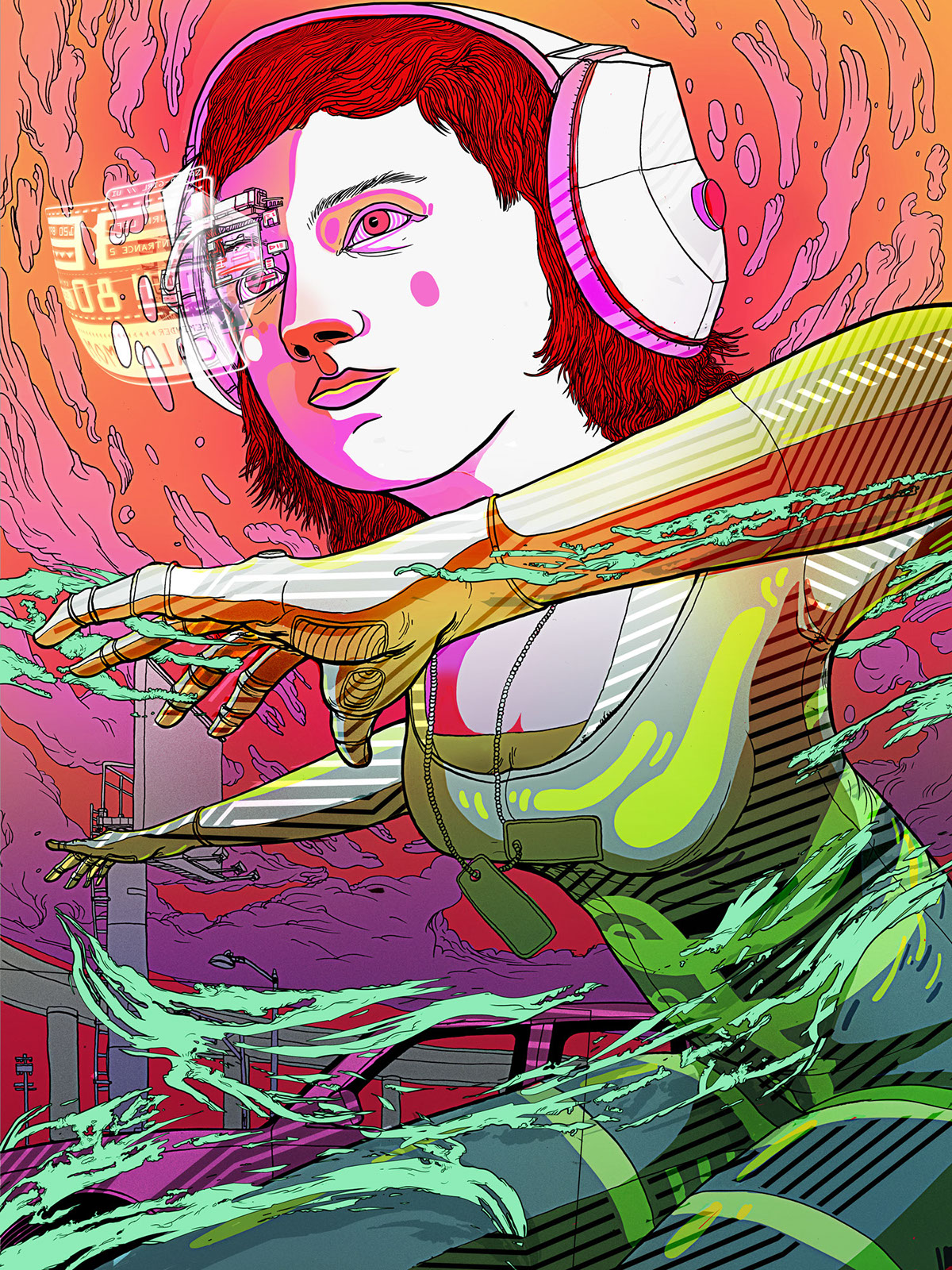



“We had isolated email systems like CompuServe and AOL, but they didn’t talk to each other very well and most computers had very limited capabilities in the way of graphics and sound. “When I wrote this, the internet existed, but people didn’t use it,” Stephenson tells Dazed over Zoom. race against time to prevent the “Infocalypse” and uncover the virus’ ties to a shady tech monopolist and his army of brain-chipped acolytes. The problem is, the virus, AKA Snow Crash, is spread via a highly addictive drug in the real world, and an unassuming bitmap image in the Metaverse crossing the line between the two realities, it obliterates avatars and sends IRL users into a vegetative state. The same goes for “avatar” (although, when asked about avatars, the author adds an “obligatory disclaimer” that others were using the word already, unbeknownst to him – “It was independent ideation”).įirst published in 1992, Snow Crash revolves around Hiro, a pizza deliveryman and freelance hacker (so far, so 90s) who’s roped into an investigation of an apocalyptic virus alongside his new sidekick, Y.T., a young skateboard courier surfing the freeways of near-future LA. No, it was Stephenson who invented the term, and everyone else followed suit. When Stephenson uses the word the “Metaverse” in Snow Crash, he isn’t referencing something that already existed in the late 80s and early 90s, when he was writing the novel, or making an educated guess about the language used by today’s big players such as Meta or Decentraland. In fact, if the novel hadn’t been written three decades ago, the virtual worlds we inhabit, and the language we use to describe them, might look and sound very different today. Why would we need it spelled out for us, when we inhabit versions of these “audiovisual bodies” on a daily basis – in virtual meetings, video games, on the catwalk, at gigs, and, increasingly, as an extension of our endless attachment to social media ? But Stephenson isn’t being ironic or patronising when he describes the Metaverse in Snow Crash he was just way ahead of the curve. Today, this straightforward definition of tech as basic as avatars verges on ridiculous. “They are audiovisual bodies that people use to communicate with each other in the Metaverse.” “The people are pieces of software called avatars,” he writes. Take early in the book, for example, when the author describes how characters exist in the virtual world where much of the action takes place. Other times, Neal Stephenson’s predictions are so spot-on that they transcend eeriness and take on an almost comical quality. Reading Snow Crash in 2022, there are moments when the images and situations in the 30-year-old sci-fi novel seem eerily prescient, from robot dogs employed by defence contractors, to monopolistic billionaires ushering in a neo-feudal society.


 0 kommentar(er)
0 kommentar(er)
